Description
Abstract
??????????In most PV applications boost converter is used to boost the input voltage. The solar panel voltage is small, so the output voltage of the solar panel is applied to the converter and increases the input voltage by using this converter. The duty cycle of the converter is varied by Arduino controller. The duty cycle is varied, the output voltage of the converter also varied.
Introduction
??????????The boost converter is a DC to DC converter. The dc to dc converter is input voltage is converted into another level of output voltage. An example boost converter input voltage is 12v and the output voltage is greater than 12v. They play an important role in renewable energy sources such as solar energy, hybrid vehicle systems, etc. The boost converter is a class of switched-mode power supplies. It consists of at least two semiconductor switches and at least one energy storage element such as a capacitor or inductor or a combination of both.
Proposed System
The Boost Converter input voltages are boosted or increased and a high voltage appears at the output. A boost converter or step-up voltage regulator provides nonisolated, switch-mode dc-dc conversion with the advantage of simplicity and low cost. Dc-dc boost converter that accepts a dc input and pulse width modulation of switching frequency to control the output voltage. The input dc voltage is applied to the inductor and the inductor stores the energy. When the switch is closed the stored energy is supplied to the capacitor and the capacitor is charged. When the switch is opened the capacitor voltage is discharged to a resistive load. The boost converter output voltage is shown below.
Block Diagram For Boost Converter Using Arduino
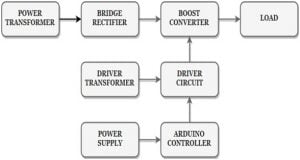
Block Diagram Explanation
- Pulse generator: ? Here we have used the Arduino Uno controller to generate a PWM signal.
- Driver circuit: It is used to amplify the pulses and provided isolations using an optocoupler. It has two functions,
- Amplification
- Isolation
- Bridge Rectifier: ?It converts AC supply into DC Supply.
- Boost converter: ?It converts low voltage DC into high voltage DC supply.
?
Driver Board
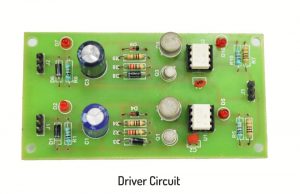
Arduino Controller
?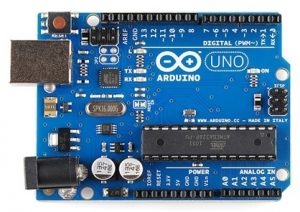
Working??????????The Arduino controller is used to generate the PWM pulses for the converter and converter circuits. The Arduino controller pulses are given to the driver circuit as input. Driver board is mainly used to isolate and amplify the input signals from the controller. The amplified driver output is connected to the main power circuit devices. The ac supply is converted into dc by using a bridge rectifier. And the dc voltage is boosted by the boost converter. That dc voltage is applied to a resistive load and duty cycle of the converter is varying the output voltage also varied.
Circuit Diagram For Boost Converter
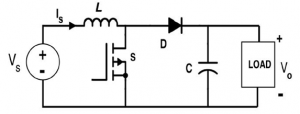
Advantages
- High efficiency
- Low cost
- Simple construction
Applications
- Dc to Dc converter
- PV applications
Conclusion
????????? the boost converter is an efficient step-up DC-DC converter used in numerous electronic devices. A closed-loop model is developed and used successfully. This converter has advantages like reduced components, high performance, less weight, and accuracy. The converter output depends on the duty cycle of the converter.

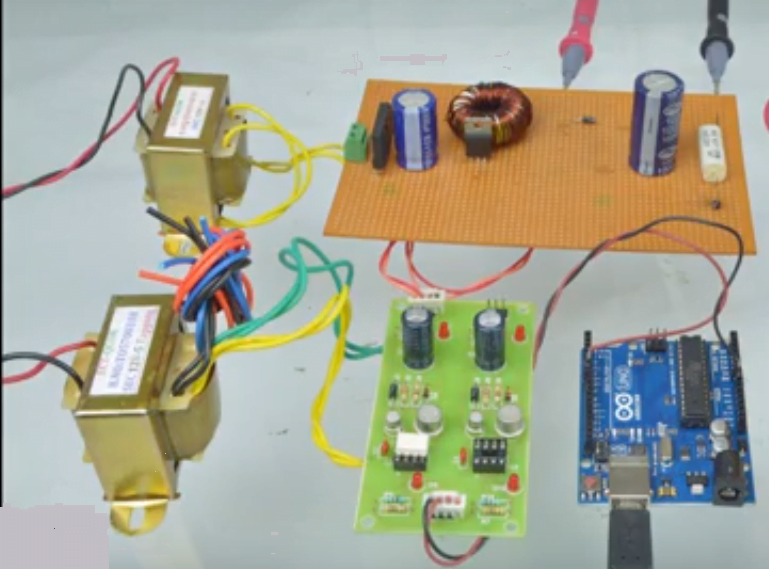
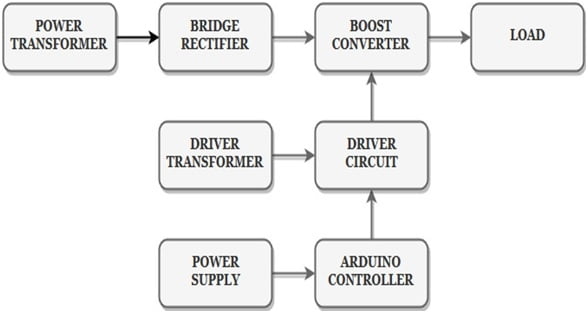
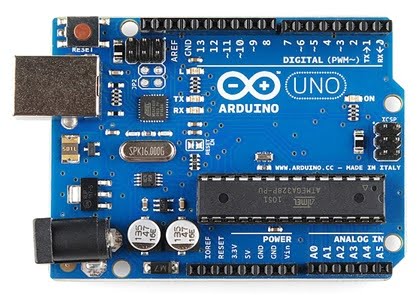
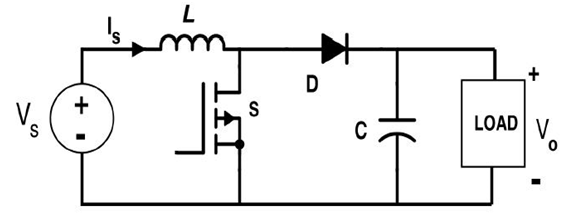



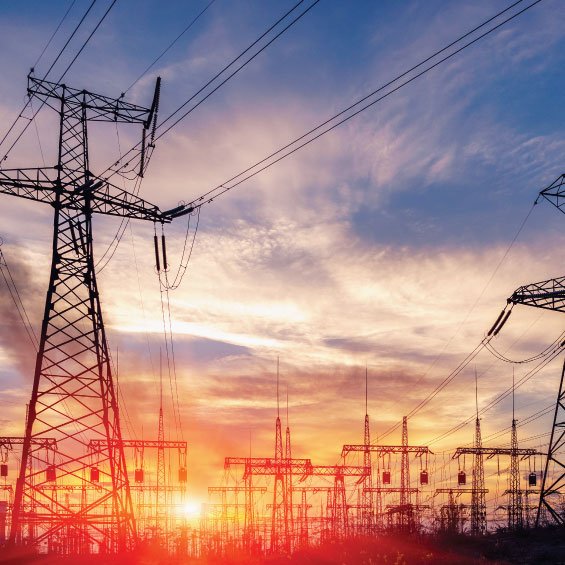





























































































































































































































































































































































































































































































































































































































































































































































































































































































































































































































































Customer Reviews
There are no reviews yet.